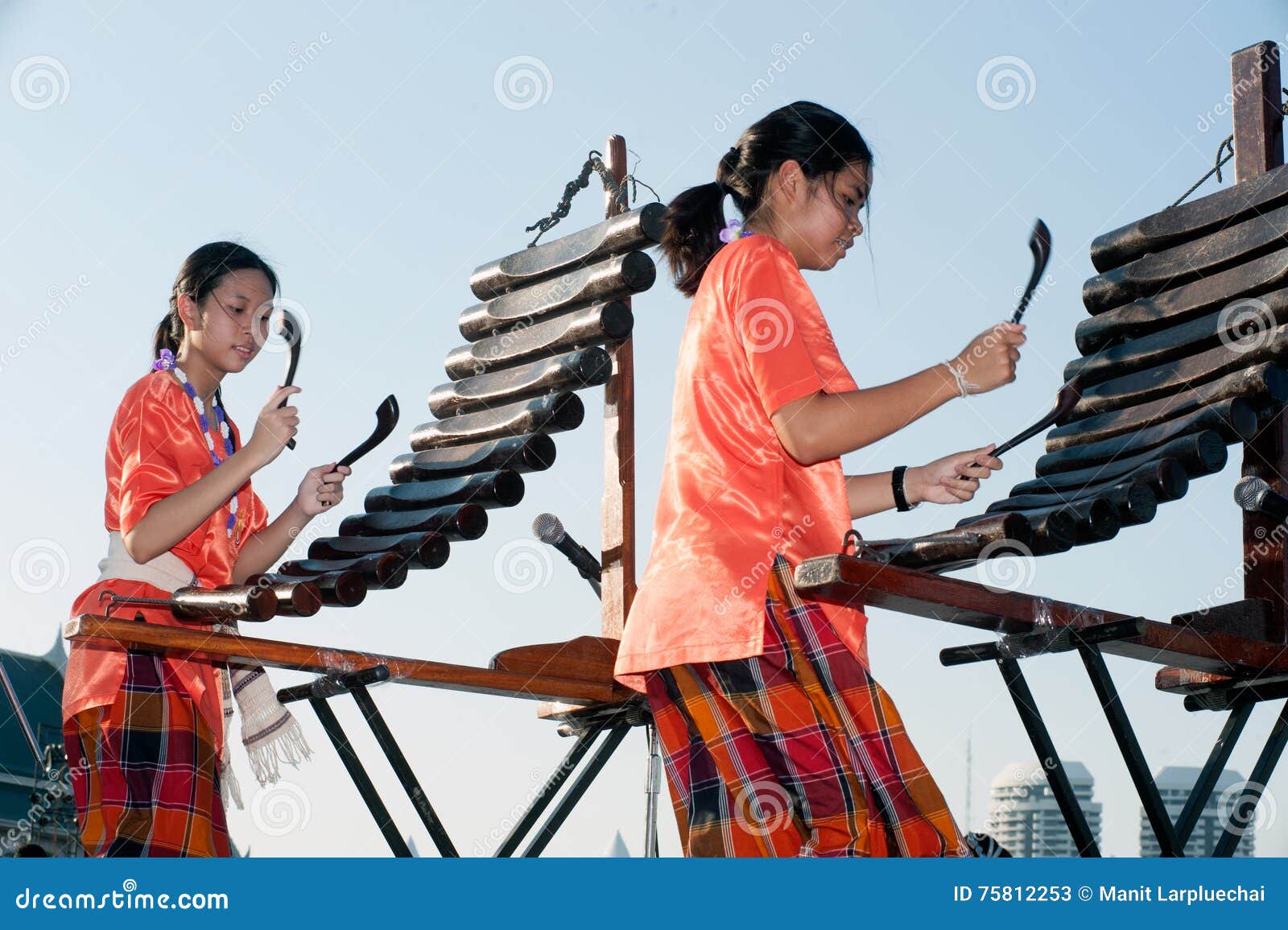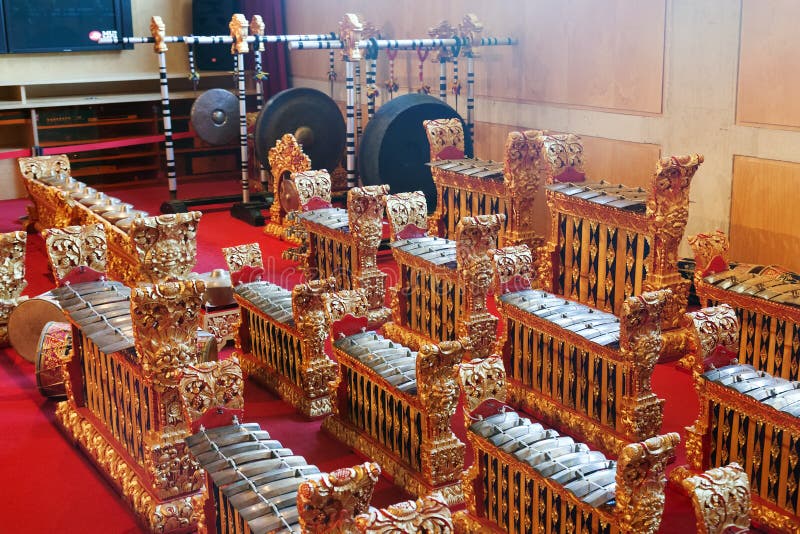- Traditional Vietnamese Music download free. full
- Traditional Vietnamese Music Download Free Youtube
- Traditional Vietnamese Music Download Free Music
- Traditional Vietnamese Music Download Free Songs
- Best Free Vietnamese Music Download
A collection of English and Chinese Buddhist Songs. If you have quality audio material to contribute to this section, it would be much appreciated. To download files: click right mouse button on the links then select the 'Save Target As' option.

English Buddhist Songs | |||||||||||||||||||||||||||||||
Universal Wisdom Foundation - 'Science & Buddhism' (1998)
Universal Wisdom Foundation Inc: 2/F 700 Aurora Blvd. Corner Gilmore Ave. New Manila, Quezon City Phillipines | |||||||||||||||||||||||||||||||
Wayfarers' - 'Collected Works Vol.1' (1998) Download the lyrics for the 'Wayfarers's songs: Songsheet (PDF) or Songsheet (Word Doc.)
|
| Pass It On Buddhist childrens' songs (primary level) - with lyrics and karaoke versions. |
The above 3 CD Albums are available from the D-Kidz Website: | |
Chinese Buddhist Songs | |
| Daniel Yeo - 'Man with Love' (2003) Album by Daniel Yeo, a Buddhist composer from Singapore. | |
| Pass It On Chinese Buddhist Childrens Songs - with lyrics and karaoke versions. | |
One of the most ancient Chinese traditional music instruments
The Zheng (), commonly known as Guzheng, ( pronounced 'Goo-Zheng') , is a plucked string instrument that is part of the zither family. It is one of the most ancient Chinese musical instruments according to the documents written in the Qin dynasty (before 206 BC). Zheng is the forerunner of Japanese koto, Korean kayagum, Mongolian yatag, and Vietnamese dan tranh. Due to its long history, the zheng has been called guzheng or Gu-Zheng where 'Gu' stands for 'ancient' in Chinese. The guzheng has been a popular instrument since ancient times and is considered as one of the main chamber as well as solo instruments of Chinese traditional music. Since the mid-19th century, guzheng solo repertoire has been growing and evolving towards an increasing technical complexity. The Chinese character for 'zheng'() is composed of two parts: the upper part means 'bamboo'() and the lower part is 'argue' (). According to a legend, there was a master of se (), 25-stringed zither, who had two talented daughters who loved playing the instrument. Now there came a time that the master became too old, and wanted to pass his instrument over to one of them. However, both daughters wanted to have it. The master felt very sad that he had only one instrument, and in the end, out of desperate, he decided to split the instrument into two - one got 12 strings, and the other 13. To his amazement, the new instrument sounds mellow and even more beautiful than its original. The happy master gave the new instrument a new name 'zheng' by making up the character with the symbolisms representing 'bamboo' and 'argue'. The word 'zheng', the name of this instrument, pronounces the same as the word 'zheng' which means 'argue' or 'dispute'. The origin of the Chinese character representing this instrument seems to indicate that the early version of the instrument was made of bamboo, which is different from that of today. However, this legendary story, though it might be true according to the origin of the Chinese character for this instrument, should not be taken too seriously. It might well be the case that the character is just 'borrowed' here for the name of instrument due to the fact that its pronunciation is a closer imitation of the sound the instrument produces. It is very common is Chinese literature, particularly in ancient poems, to described the sound of the guzheng as 'zheng zheng', similar to the case of pipa. Zheng (Guzheng) is build with a special wooden sound body with strings arched across movable bridges along the length of the instrument for the purpose of tuning. In the early times the zheng had 5 string (quite probably with bamboo sound body); later on developed into 12 to 13 strings in the Tang Dynasty (618 - 907AD) and 16 strings in the Song and Ming dynasty (from the 10th to 15th century). The present day zheng usually has 21-25 strings. Note that guzheng should not be confused with guqin, 7-stringed zither without bridges. Tuning: The pitch of a given string is determined by the position of the bridge, therefore, Guzheng can in principle be tuned to any desired scales. Traditionally, pentatonic scale is used. The instrumentalist plucks the strings with the right hand and touches the strings with the left hand to produce the desired pitch and create subtle tones and ornaments (see the pictures with Liu Fang playing the Guzheng). Full scale can also be obtained by skilfully applying press on certain strings from the other side of the bridge with the left hand. Techniques: Guzheng player attaches a little plectrum on each finger using a special tape. For traditional repertoires, the instrumentalist mostly uses three fingers of the right hand for plucking whereas the left hand pressing the string from the other side of the bridge to create special tonalities and ornaments. For some contemporary repertoires, both hands are needed to produce complicated harmonies using four fingers of each, which means that even the fingers of the left hand need to ware plectrums. In some cases, one can use cello bow to play on the Guzheng to produce sustained sounds and special effects. One can also use sticks to hit on the strings in the way like a percussion instrument. Modern guzheng playing: For traditional Chinese music, the left hand techniques are very essential to guzheng playing, as is well-expressed by the great musicologist, Prof. Dr. Tran Van Khe: 'the right hand produce the sound, and the left hand give the soul to the music' ( See the article 'An introduction to traditional and classical music from China' for details). The modern guzheng playing has been very much influenced by western music; It is now common among the younger generation for the fingers of both hands to wear small plectrums to pluck the strings in order to play harmonies and accompaniments (one hand plays the melody, and the other accompanies like a base). As a matter of fact, to be able to play with a supper speed and precision has become the necessary condition to win a competition nowadays. As a result of this new development, the guzheng playing appears (and sounds) like playing harp or piano. Therefore, the guzheng is sometimes also referred to as 'Chinese harp' or 'Chinese piano'. Notes:
|
Find vietnamese tracks, artists, and albums. Find the latest in vietnamese music at Last.fm. Welcome to 8tracks radio: free music streaming for any time, place, or mood.tagged with vietnam, vietnamese music, and vietnamese songs.You can also download one of.
Further topics:
|
|
Traditional Vietnamese Music download free. full
Chinese Guzheng MusicGuzheng solo pieces performed by Liu Fang
Guzheng music video demo
|
1. Traditional Chinese music
2. Traditional Japanese music
|

(Free MP3 music samples online)
|
Traditional Vietnamese Music Download Free Youtube

|
[More samples for audio(MP3) and video(WMV)]
Liu Fang's solo albums are available. For detailed information and purchase, click . |
Traditional Vietnamese Music Download Free Music
[News
Traditional Vietnamese Music Download Free Songs
] [Upcoming concerts] [video clips] [CD order form]Best Free Vietnamese Music Download
©2000 Philmultic Management & Productions Inc.
Montreal, Quebec, Canada